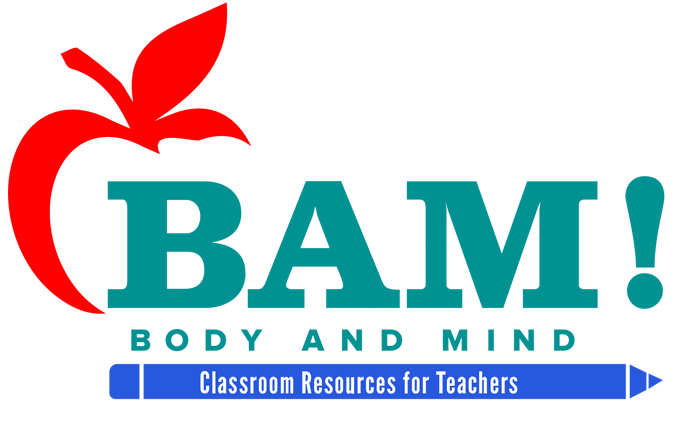
FIGURE SKATING ACTIVITY CARD
Parts of the Body Worked

Heart & Lungs

Upper & Lower Legs

Upper Body

Knees & Ankles

Just what does it take to become a figure skater?
Gear Up
Figure skates are very thick and heavy and have a toe pick attached for tricks. Figure skates are made up of two parts, the boot and the blade. If you are just starting out, you can buy skates with both a boot and a blade, but more advanced skaters can buy each separately. The boot should be snug in the heel and supportive of the ankle. The blade is attached to the boot with screws, and is wider than the blade on an ice hockey skate, so that the edge grips the ice. You should not use figure skates to play ice hockey, because the blades extend past the boot and can cause other players to get injured.
If you are a beginning skater, along with your skates, you may want to wear a helmet to protect your head against any falls.
Be sure to wear layers so that you can put on or take off clothes depending on whether you are cold or warm. It’s important to be able to move, so sweatpants or warm-up pants are perfect. You should only wear one pair of lightweight socks inside your skates, though, and remember to wear mittens and a hat to keep warm.
Play it Safe
Be a courteous skater — always be aware of other skaters and follow the traffic flow of the rink. Be careful not to get too close to other skaters with your exposed blades. And keep your skate laces tied tightly so that you don’t trip yourself or anyone else up.
If you feel yourself beginning to fall, bring your hands, arms, and head into your body to absorb the shock of hitting the ice. And make sure you hop up quickly so that you are not in the way of other skaters.
Skating can be hard work, and puts a lot of stress on your leg and back muscles, so be sure to warm up before you skate and stretch those muscles well.
How to Play
Did you ever watch the figure skaters in the Olympics wondering how the heck they did all those jumps and spins? Well, according to the Xperts, the key to becoming a successful skater is one simple thing — balance. Good posture is an important part of balance, because it helps even out your weight over the skates. This keeps you from falling and helps you glide smoothly and work up some speed. Keep your head and chin up and imagine that they are connected with an imaginary line that runs down the center of your chest and connects with the toes of both of your feet.
It’s also important to know how to stop. The basic stop is called a snowplow. Keeping both knees bent, shift your weight to one foot, then turn the other foot inward at an angle. Gradually shift your weight to the angled foot, which will slow you down and and eventually bring you to a stop. A hockey stop is a more advanced move. To do it, quickly turn your feet sideways until they are perpendicular to the direction you were moving, putting more weight on your back foot.
Fun Facts
The “Axel,” a figure skating jump, is named for Axel Paulsen, who performed the first jump ever during a competition in 1882.
In order to compete in the Olympics, figure skaters must be at least 15 years old.
The blade on a figure skate is only 3-4 millimeters thick — that’s the same width as two pennies.
